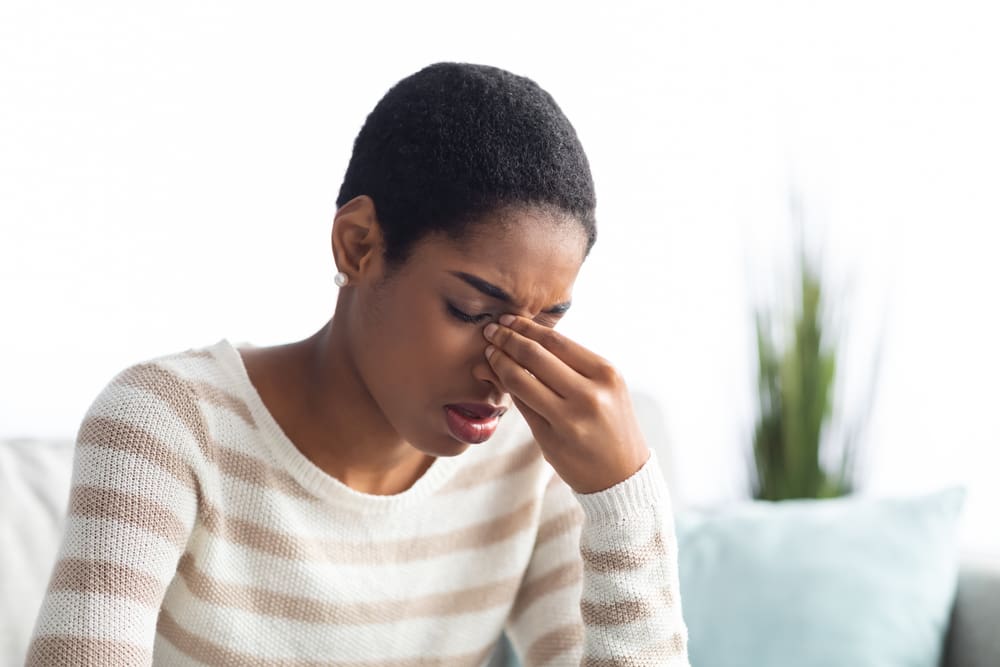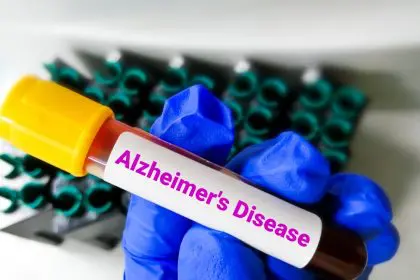You wake up with a stuffy nose, a scratchy throat, and that unmistakable feeling of a cold coming on. Your first thought? “Maybe I should get antibiotics to knock this out quickly.” But here’s the surprising truth that many of us still don’t fully grasp: antibiotics are completely useless against the common cold. Not just mostly useless – entirely, absolutely, 100% useless.
It’s a scenario that plays out in doctor’s offices everywhere. Someone shows up with classic cold symptoms, convinced that an antibiotic prescription is the quickest path back to wellness. But this widely held belief isn’t just incorrect – it’s actually contributing to one of the biggest health threats we face: antibiotic resistance.
Why antibiotics are powerless against your cold
Let’s get straight to the point: the common cold is caused by viruses – most commonly rhinoviruses, but also coronaviruses (not the COVID-19 kind), respiratory syncytial virus, and others. Antibiotics, by definition, only work against bacteria. Using antibiotics against viruses is like trying to put out a fire with a fan – you’re using the wrong tool entirely for the problem at hand.
Think of it this way: viruses and bacteria are fundamentally different types of germs. Bacteria are single-celled organisms that live and reproduce on their own. Antibiotics work by targeting specific parts of bacterial cells – their cell walls, protein factories, or DNA replication – that aren’t present in human cells.
Viruses, on the other hand, are basically genetic material wrapped in a protein coat. They can’t reproduce on their own and must hijack your cells to make copies of themselves. They lack most of the structures that antibiotics target. That’s why antibiotics simply have nothing to attack when you have a viral infection like a cold.
The antibiotic resistance crisis you’re accidentally feeding
Every time someone takes antibiotics unnecessarily, we collectively inch closer to a frightening post-antibiotic era. This isn’t science fiction – it’s already happening. Many bacterial infections that were once easily treatable now require stronger antibiotics or are becoming resistant to all available treatments.
When you take an antibiotic, it kills susceptible bacteria – but naturally resistant ones survive and multiply. It’s evolution in fast-forward. The more often antibiotics are used, the faster resistance develops.
Taking antibiotics for a cold doesn’t just waste medicine – it actively contributes to creating superbugs that might one day infect you or someone you love with a truly serious bacterial infection. And when that happens, our medical arsenal might come up empty.
How to tell if it’s really a bacterial infection
Cold symptoms typically peak within 2-3 days and gradually improve over a week or so. If you’re getting worse after a week, or if symptoms change dramatically, that’s when bacterial complications might have developed.
Signs that might indicate a bacterial infection include:
Symptoms that get significantly worse after initially improving, fever that returns after being gone for a day or two, severe sinus pain with thick, discolored mucus, or a cough that produces distinctly colored phlegm.
Duration matters too. Most colds run their course within 7-10 days. If you’re still sick beyond that timeframe, it might be worth checking with a healthcare provider – but even then, antibiotics aren’t automatically the answer.
What actually works when a cold strikes
So if antibiotics are off the table, what can you actually do when a cold hits? Turns out, quite a lot.
First, don’t underestimate rest. Your immune system is working overtime, and sleep is when much of the repair work happens. Pushing through with your normal routine often prolongs symptoms.
Staying hydrated is crucial. Fluids help thin mucus secretions and keep your throat moist. Hot liquids like tea with honey can be especially soothing for sore throats.
For nasal congestion, saline nasal sprays or rinses can work wonders. They’re completely safe and can be used as often as needed. They physically flush out virus particles and loosen mucus without any medication.
Humidifiers or steam from a hot shower add moisture to the air, helping to soothe irritated nasal passages and throats. This simple intervention often provides surprising relief.
The over-the-counter options that actually help
When it comes to medications, targeted symptom relief is the name of the game. Acetaminophen or ibuprofen can reduce fever and ease the body aches that often come with colds. Just be careful not to exceed recommended doses.
For a runny nose, antihistamines might help, though they work better for allergies than colds. Decongestants can provide temporary relief from stuffiness but shouldn’t be used for more than a few days.
Avoid combination cold products that treat symptoms you don’t have – they often contain multiple active ingredients that you may not need and that increase the risk of side effects or interactions.
Zinc lozenges started within 24 hours of symptoms may shorten cold duration, though the evidence is mixed. Vitamin C hasn’t been proven to prevent colds in the general population, but taking it regularly might reduce the severity and duration of symptoms.
When waiting it out is actually the wise move
Here’s something that might be hard to hear: sometimes the smartest approach to a cold is simply waiting it out. Our bodies have evolved impressive defense mechanisms against common viruses. Your immune system is already hard at work fighting the infection – and it usually knows what it’s doing.
The symptoms you’re experiencing – the congestion, the cough, the mild fever – are often your body’s way of creating an environment hostile to the virus. For instance, fever makes your body less hospitable to viral replication, and coughing expels irritants from your airways.
By masking too many symptoms with medications, you might actually interfere with some of these natural defense mechanisms. This doesn’t mean you should suffer unnecessarily, but targeted, minimal intervention often allows your body to recover most efficiently.
The prevention strategies that actually work
The best way to deal with a cold is to avoid catching one in the first place. Regular handwashing remains one of the most effective preventive measures. Cold viruses often spread when people touch contaminated surfaces and then touch their eyes, nose, or mouth.
During cold season, be more mindful about touching your face. The average person touches their face 16-23 times per hour – each touch is a potential entry point for viruses.
Maintaining distance from people who are obviously sick helps too. Cold viruses can travel through the air when someone coughs or sneezes, typically reaching about 6 feet.
Interestingly, regular exercise and adequate sleep have been linked to stronger immune function and fewer respiratory infections. One study found that people who exercised regularly had 43% fewer sick days with upper respiratory infections compared to those who were sedentary.
When you actually should see a doctor
While most colds don’t require medical attention, certain warning signs shouldn’t be ignored.
Difficulty breathing, chest pain, severe headache, persistent high fever, or symptoms that worsen significantly after a week are all good reasons to seek medical care. These could indicate complications or a different illness entirely.
Children, older adults, pregnant women, and people with underlying health conditions like asthma, heart disease, or diabetes should have a lower threshold for seeking medical advice when sick.
Remember, seeing a doctor doesn’t automatically mean you need antibiotics. Sometimes professional reassurance that you’re dealing with a viral infection and advice on symptom management is exactly what you need.
The next time a cold strikes, remember that sometimes the most sophisticated response isn’t reaching for the strongest medicine available – it’s supporting your body’s own remarkable ability to heal itself. And by avoiding unnecessary antibiotics, you’re not just doing yourself a favor – you’re helping preserve these vital medicines for when they’re truly needed.
















